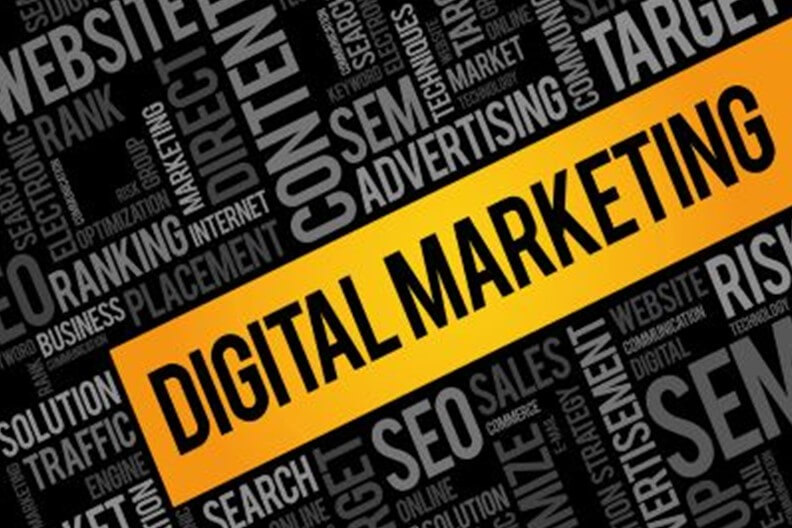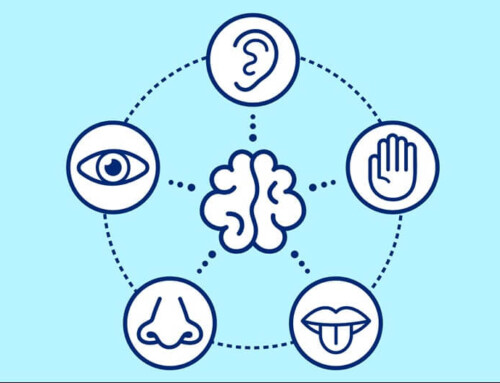Brands face a perplexing conundrum when it comes to effectively marketing their products or services. Striking the perfect balance between promoting them without coming across as overly promotional requires finesse. Companies that excel in this area will find that their efforts are highly fruitful. So, how can businesses subtly promote themselves by delivering content their target audience will find valuable?
KNOW THE DIFFERENCE
There are two different types of content: 1- promotional and 2- relationship-driven.
As the name implies, the former overtly promotes the products and services offered by the business. Examples of promotional content include discounts, testimonials, and news about the company’s accomplishments.
On the other hand, relationship-driven content showcases the knowledge and expertise of the company’s leaders through thought leadership pieces, such as articles, podcasts, or videos. This type of content establishes relationships and builds trust with target audiences. It also garners confidence that if they invest their money in the brand’s products or services, they will get the results they seek.
As a rule, a business should limit its promotional content to 20 percent or less of its total marketing efforts online. Consumers, particularly those who make purchasing decisions on behalf of their company, want to know what is in it for them. If a brand consistently promotes its products or services in a manner that lacks relationship-building content, it can lead to buyer fatigue.
Content that is most likely to generate leads and conversions has the following characteristics:
- It captures the attention of the target audience
- It entertains and inspires while educating
- It is engaging
- It motivates the target audience to act
LEVERAGE DIFFERENT TYPES OF CONTENT
There is no shortage of variety when it comes to marketing content. Brands that leverage the various types of content available will improve their chances of success.
Content that makes the audience tune in and remain glued to their screens includes:
- Videos
- Event coverage
- Live question and answer broadcasts
- Interviews with industry leaders or influencers
- Round tables featuring topics that are of great interest to the target audience
- Breaking news to inspire excitement and anticipation
Content that motivates the audience to act includes:
- Blog posts and articles
- E-books and e-guides
- Checklists
- Cheatsheets
- Template packs
- Webinars and webcasts
- Infographics
Content that drives engagement with the audience includes:
- Photographs and graphics
- Photographs that they can caption
- Non-copyrighted inspirational quotes and lyrics
- Humor
- Tips or fun facts
- Original memes and cartoons
Content that allows companies to learn more about their audience and grow their audience includes:
- Contests with prizes that are meaningful to the audience and connected to the business
- Quizzes
- Polls
Content that directly promotes the business and should be used sparingly includes:
- Customer testimonials
- Press releases
- Company news
- Company Milestones
- Sales and discounts
- Customer surveys
- Editorials
AVOID COMMON PROBLEMS
Brands can run into trouble with their content, even the right kind of content, if they fall into certain traps. These common problems plague most companies at one time or another:
- Failing to fully understand the target audience – the problems for which they need solutions, their sales journey, and the role they play in decision-making, the questions they have, and awareness of the competitive market.
SOLUTION: Know your audience, the market, and competition. It’s not just enough to have knowledge about your specific products or services or even your “secret sauce” that makes your company special. If there is a disconnect between the marketing messages and sales processes, corporate objectives will suffer.
- Ignoring customer feedback – the actions they are taking (such as unfollowing the business on social media) and not taking (for example: not clicking on links, not interacting with social media posts, or stopping short of making a purchase) in addition to their verbal feedback.
SOLUTION: It’s not just enough to be aware of what customers say to you. It’s more important to know what they say about your company, your products, services, and even employees when you aren’t present. This means being proactive about listening online using a tool such as Mention or Giga Alerts. Look for common patterns and issues and resolve them.
- Neglecting to share information that empowers members across the team to connect with customers; this information is best shared via a central database.
SOLUTION: Whether teams work remotely across the world and connect virtually or sit 6 feet apart in person, people need to communicate with each other. Often, there are details that someone with technical knowledge of a product may have to assist with marketing and sales. Or sales may have essential feedback that can be critical to product development and/or additional services. These are just a few ways that sharing information is vital to success.
While striking the perfect balance between educational and promotional content is not easy, the payoff is well worth the effort. Companies that follow the tips in this article will position themselves for marketing success.
Contact Gavel International to be inspired by solutions that connect and engage your people.
This article was last updated on June 10, 2025
- Why Hustle Culture Can Harm Sales Success – and How to Repair the Damage - June 30, 2025
- Enhance Sales Through Team-Friendly Storytelling - May 5, 2025
- Unlocking Excellence: The 7 Traits of Top Performers and Their Impact - April 14, 2025






